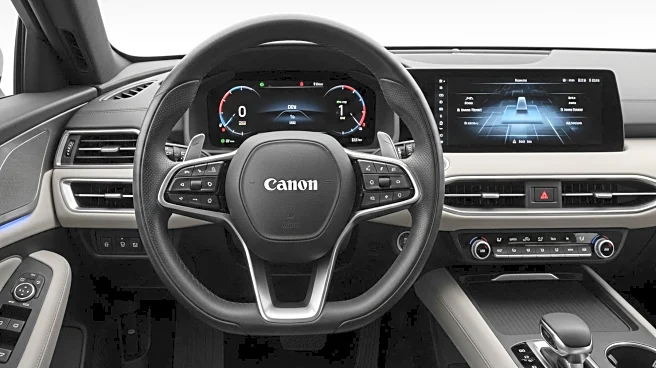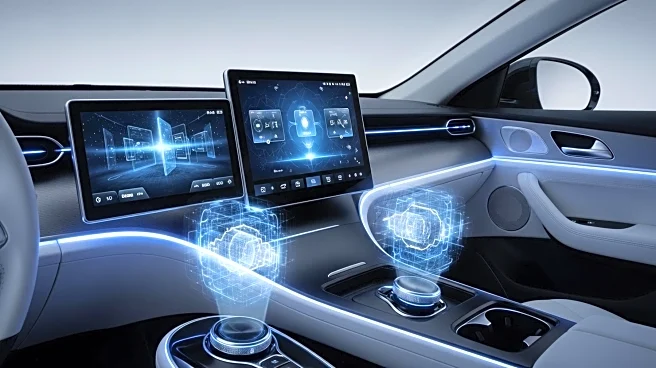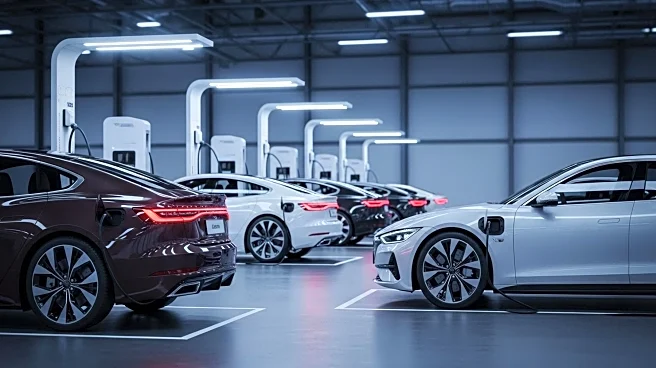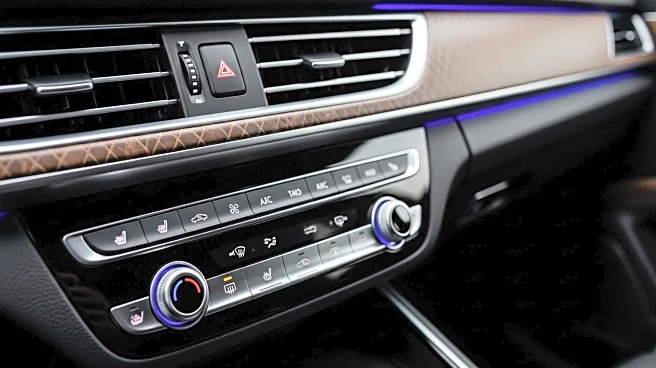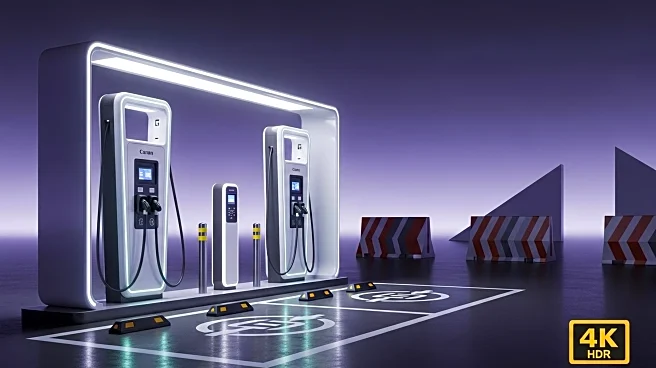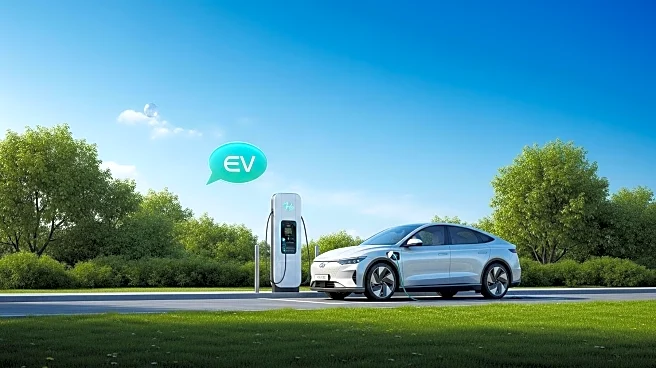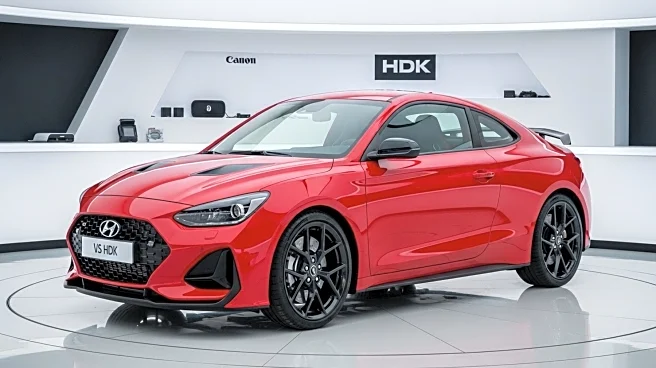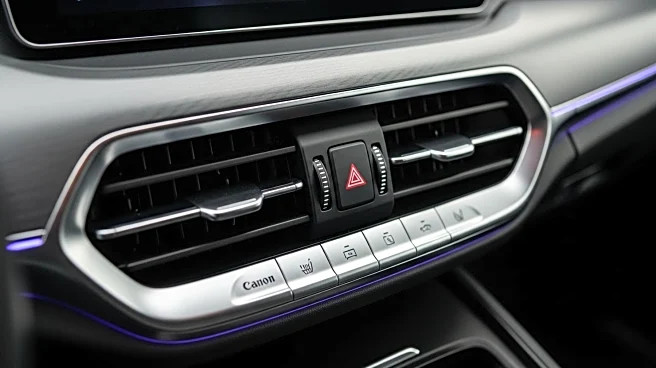What's Happening?
Simon Loasby, head of Hyundai's design center in Korea, is challenging the automotive industry's reliance on touchscreens. In an interview, Loasby expressed a preference for physical buttons over screens, citing consumer frustration with complex menus. Hyundai's Concept Three vehicle reflects this philosophy, featuring minimal screens and a focus on safety through physical controls. This approach aims to reduce driver distraction and enhance usability. Hyundai is exploring alternatives like voice controls and augmented-reality displays, aligning with broader industry trends towards simplifying vehicle interfaces.
Why It's Important?
Hyundai's shift away from touchscreens could influence the automotive industry's design standards, prioritizing safety and user experience. As consumers express dissatisfaction with touchscreen interfaces, automakers may reconsider their approach to vehicle interiors. This could lead to a resurgence of physical controls, impacting design strategies and potentially improving road safety. Hyundai's exploration of augmented-reality displays and voice controls also highlights the role of technology in shaping future vehicle experiences.
What's Next?
Hyundai plans to continue developing its Concept Three and other models with reduced reliance on touchscreens. The company is likely to further explore voice control technologies and augmented-reality displays. As the industry adapts to consumer preferences, other automakers may follow Hyundai's lead, potentially leading to a broader shift in vehicle design. Stakeholders, including safety advocates and technology developers, will be closely monitoring these developments.

